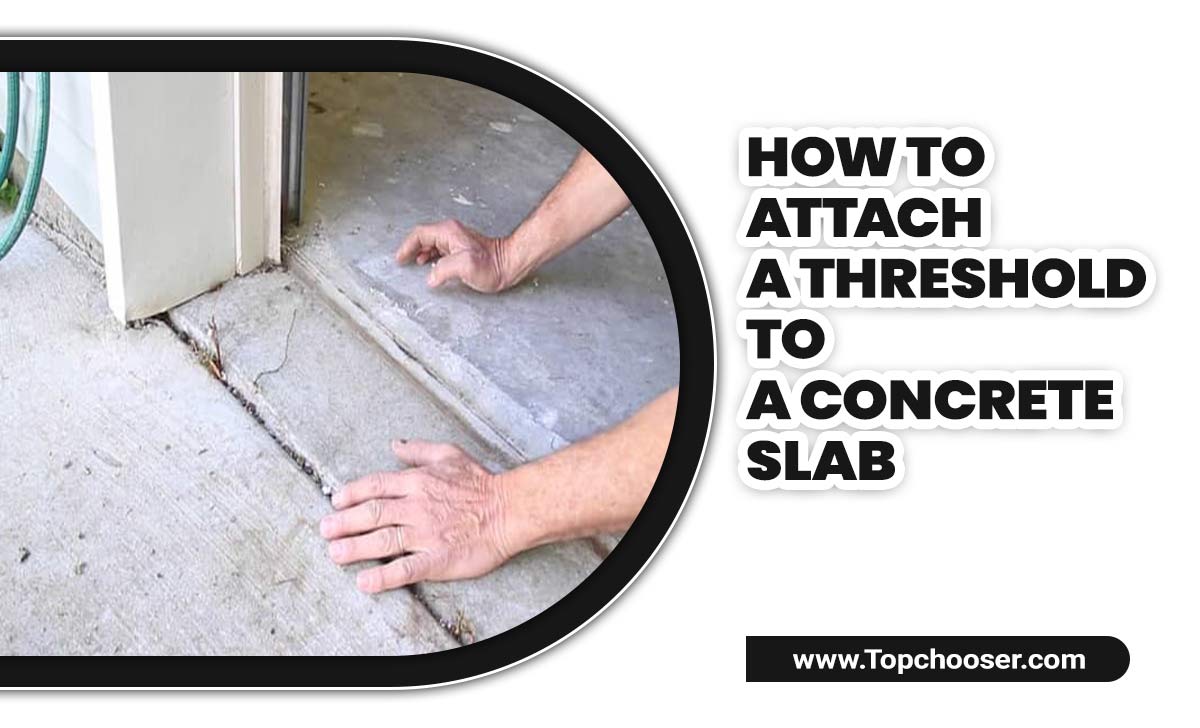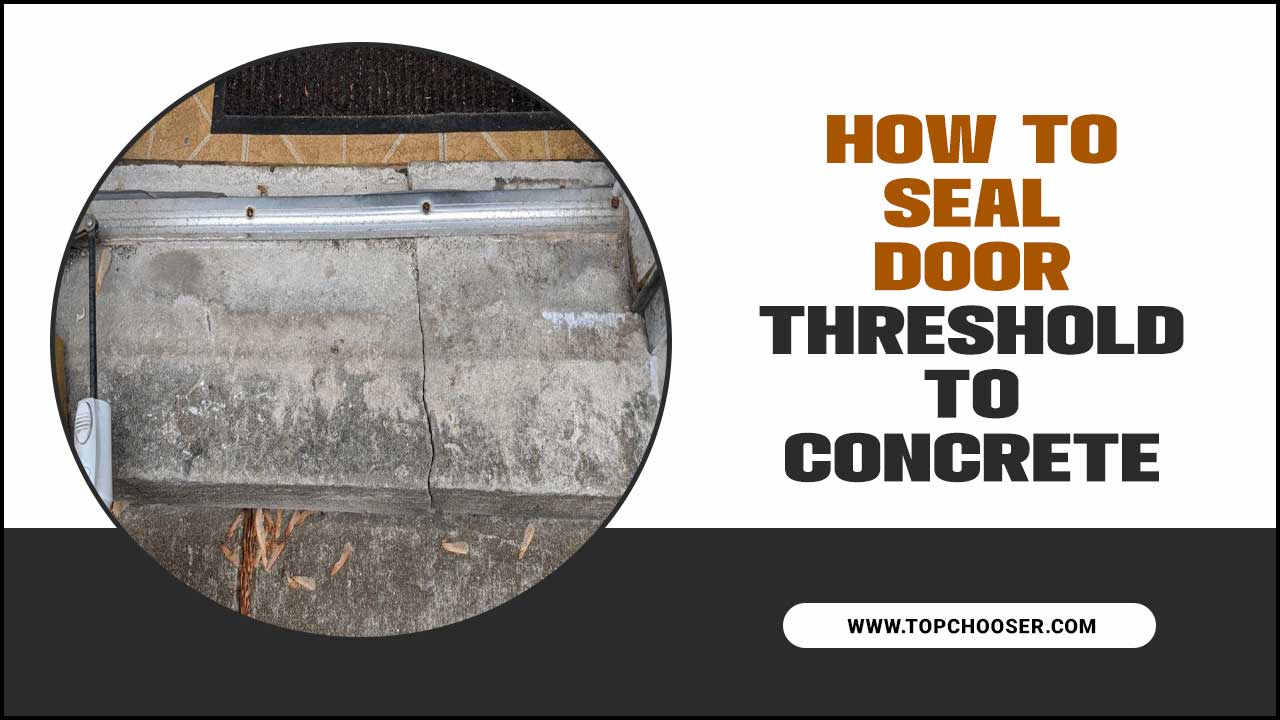Door thresholds are an important part of any building, as they help to keep out drafts, moisture, and insects. They also provide a smooth transition between different flooring types and help prevent tripping hazards.
There are many types of door thresholds available in the market today. Here, we will explore the purpose and importance of door thresholds and the five most common types of door thresholds you can choose from.
We will look closer at the standard, adjustable, interlocking, weatherproof, and energy-efficient door thresholds. We will also discuss choosing the door threshold for your needs and how to maintain and repair them so they last longer. Read on to find out more.
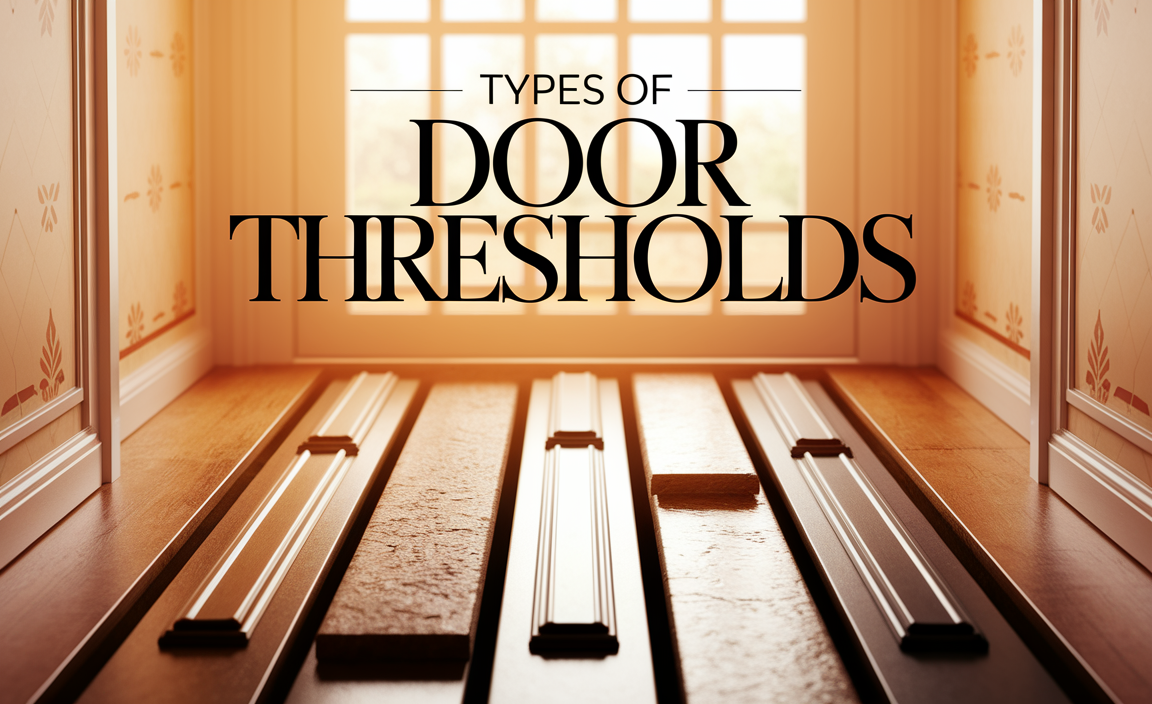
The Purpose and Importance of Door Thresholds
Door thresholds may seem like a small and insignificant part of a door, but they serve an important purpose. The main function of a door threshold is to provide a smooth transition between different types of flooring, such as carpet and hardwood. This helps to prevent tripping hazards and allows for easy movement between rooms.
Additionally, door thresholds play a role in weatherproofing a home by sealing the gap between the bottom of the door and the floor. This helps to keep out drafts, moisture, and pests. Overall, while door thresholds may not be the most glamorous feature of a door, they are essential for maintaining safety and energy efficiency in a home.
5 Types of Door Thresholds
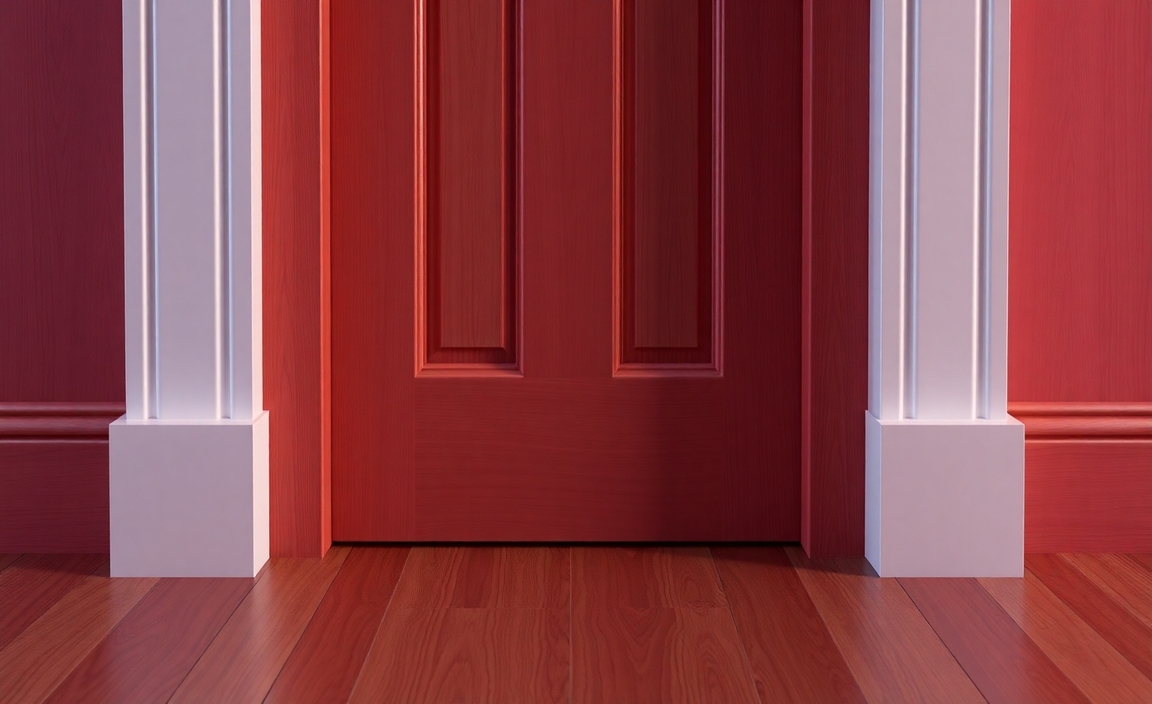
Standard door thresholds are the most common type and are suitable for most residential applications. They are typically made of aluminum or wood and have a simple design. Available in various heights, they can accommodate different flooring types. Here, we will discuss five types of door thresholds.
1. Standard Door Thresholds
Aluminum thresholds are commonly handy in homes and commercial buildings due to their durability and affordability. Wooden thresholds offer a more traditional look and can be stained or painted to match the door. Vinyl thresholds are ideal for exterior doors as they provide great insulation and resistance to moisture. Rubber thresholds are often handy in commercial buildings for their strong seal against drafts. On the other hand, low-profile thresholds are sleek and minimalistic designs commonly seen in modern homes and buildings.
Door thresholds are essential for maintaining the integrity of a room’s flooring height, ensuring a smooth transition between spaces. Commercial thresholds are crucial for high-traffic areas, providing durability and stability while complementing the overall design aesthetic. These floor thresholds play a significant role in ensuring safety and preventing tripping hazards, making them indispensable for residential and commercial spaces.
2. Adjustable Door Thresholds
Adjustable door thresholds provide customization and flexibility during installation, accommodating various door and floor heights. They effectively prevent drafts and energy loss, ensuring a comfortable environment. Some adjustable thresholds also offer weatherstripping capabilities, further enhancing insulation. These thresholds can come from different materials, such as aluminum, wood, or vinyl, allowing you to choose the option that best suits your needs. Their versatile design makes adjustable door thresholds widely used in residential and commercial settings.
3. Interlocking Door Thresholds
Interlocking door thresholds are a popular choice for their functionality and durability. These thresholds feature a unique design that allows them to interlock with the floor and create a tight seal. This helps prevent drafts, moisture, and even insects from entering your home or building. Interlocking thresholds are commonly handy in residential and commercial settings, and they can come from various materials such as aluminum, brass, or even thicker metal for heavy-duty applications. They provide a reliable solution for maintaining a comfortable and energy-efficient space.
4. Weatherproof Door Thresholds
Weatherproof door thresholds are essential for protecting your home from the elements. They create a barrier that prevents water, drafts, and insects from entering through the gap under the door. By preventing moisture infiltration, they help to reduce the risk of condensation and potential damage to your floors and carpets.
Weatherproof door thresholds come in different types, such as bumper seal and thermal break thresholds, each offering unique application features. These thresholds, like brass, usually come from thicker metals and are designed to be heavy-duty and durable. When choosing a weatherproof door threshold, consider factors such as clearance, the undercut of the door, and the specific needs of your home.
5. Energy-Efficient Door Thresholds
Energy-efficient door thresholds are an essential component of any well-insulated home. These thresholds are crucial in improving energy efficiency by preventing heat loss and minimizing drafts. One type of energy-efficient door threshold is the thermal break threshold, which features a thicker metal construction that helps reduce thermal transfer.
Another option is the bumper seal threshold, which creates a tight seal to prevent air leakage. These thresholds are particularly beneficial in areas prone to condensation or where maintaining indoor temperature is crucial. With different types available for various applications, choosing the threshold that best suits your needs is important to maximize energy efficiency.
Choosing the Right Door Threshold for Your Needs
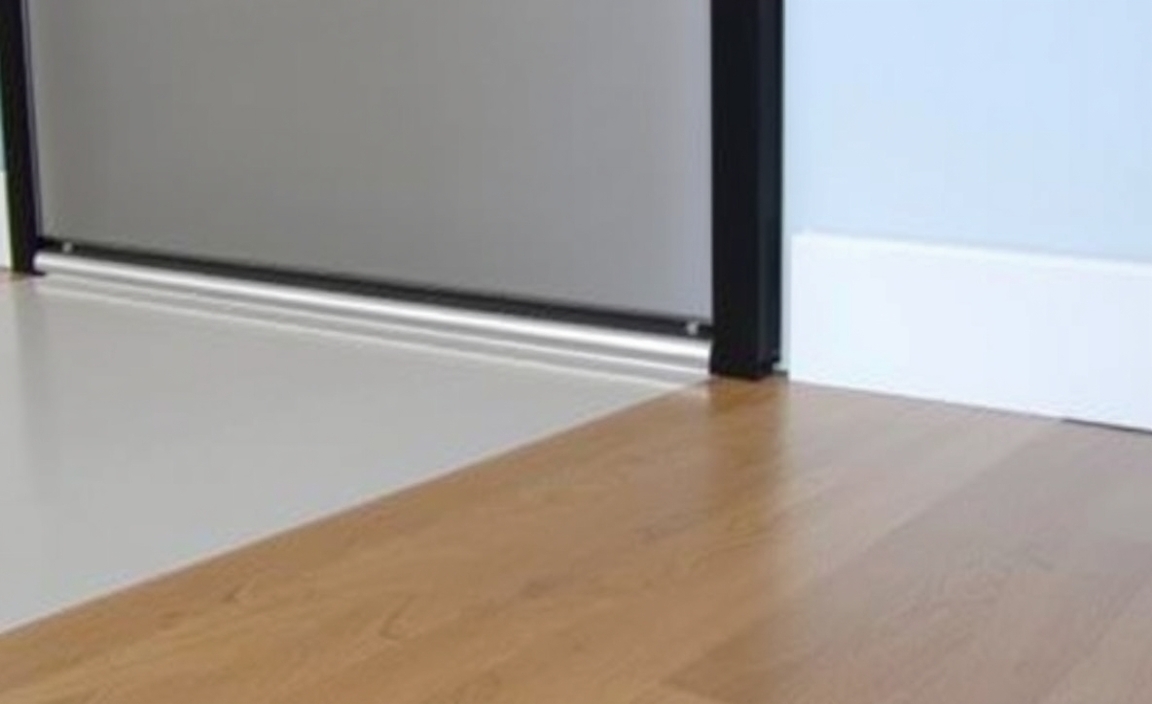
When selecting the right door threshold for your needs, it is crucial to consider various factors. The type of threshold you choose will depend on its intended application and the specific requirements of your doorway. Whether you need a bumper seal threshold to protect against forklifts or a thermal break threshold to prevent condensation, understanding the different door thresholds available is essential.
Consider factors such as clearance, the undercut of the door, and the type of flooring or carpet dividers you have in place. Opting for thicker metal or heavy-duty thresholds may be necessary for high-traffic areas. Selecting the door threshold that best suits your needs will ensure optimal functionality and longevity.
Maintaining and Repairing Door Thresholds
Door thresholds come in many options to accommodate different needs and preferences. Various types are available for residential and commercial use, from bronze to bumper thresholds. Custom thresholds can be designed to fit specific requirements, such as exterior thresholds for outdoor doors or flat door thresholds for a seamless transition. When choosing a threshold, factors like the type of flooring material, its height, and the need to support heavier loads should be considered. Lips thresholds are beneficial for preventing drafts and moisture from seeping through, while combustible flooring should be paired with fire-resistant thresholds for safety. Here are some key points to keep in mind for maintaining door thresholds:
- Regularly clean door thresholds to prevent buildup of dirt and debris
- Inspect for any signs of damage or wear and tear
- Repair any cracks or gaps in the threshold to prevent water damage
- Replace the threshold if it is severely damaged or deteriorated
- Use weather stripping to seal gaps and prevent drafts
- Lubricate hinges and moving parts for smooth operation
Frequently Asked Questions
What is the best material for door thresholds?
The choice of material for door thresholds depends on your specific needs. Aluminum thresholds are popular due to their durability and weather resistance. If you prefer a natural look, wooden thresholds are an option, but they may require more maintenance. What are the different types of thresholds for external doors?
The thresholds for external doors include aluminum, wood, and composite. Aluminum thresholds are famous for their durability and weather resistance. Wood thresholds can be customized to match the door and are easy to replace.
What is the most common type of threshold?
The most commonly used type of door threshold is the saddle threshold. Made from aluminum or wood, these thresholds are slightly curved and ideal for exterior doors. They are easy to install and provide a smooth transition between rooms. Other types include bumper, interlocking, and ADA-compliant thresholds.
What is a Door Threshold?
A door threshold forms the bottom of a doorway, acting as a barrier against drafts, water, and insects. Made of wood, metal, or plastic, the type of threshold used depends on factors like location and weather conditions.
What specifications make a door threshold ADA-compliant?
To ensure ADA compliance, door thresholds should be no more than ½ inch tall and have a slip-resistant surface. They should be smooth and level without abrupt elevation changes. Additionally, they should not require excessive force to open or close the door.
Conclusion
Door thresholds are crucial in maintaining your doors’ security, energy efficiency, and functionality. Various types of thresholds are available, including standard, adjustable, interlocking, weatherproof, and energy-efficient options. Each type has its unique benefits and considerations. When choosing a door threshold, it’s important to consider factors such as the type of door, the climate in your area, and your specific needs and preferences. Regular maintenance and timely repairs are also essential to ensure the longevity and effectiveness of your door thresholds. By selecting the right door threshold and taking care of it properly, you can enhance the performance and aesthetics of your doors while improving the comfort and efficiency of your home or building.
Resource:
sealing gaps and weatherproofing tips: https://www.energy.gov/energysaver/weatherize/air-sealing-your-home
how to replace a door threshold: https://www.thisoldhouse.com/doors/21017690/how-to-replace-an-entry-door-threshold
weatherstripping for doors: https://www.bobvila.com/articles/how-to-weatherstrip-a-door/
smooth flooring transitions between rooms: https://www.thespruce.com/tips-on-flooring-transitions-1821997

I am passionate about home engineering. I specialize in designing, installing, and maintaining heating, ventilation, and air conditioning systems. My goal is to help people stay comfortable in their homes all year long.

